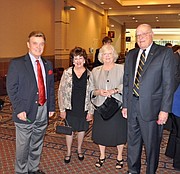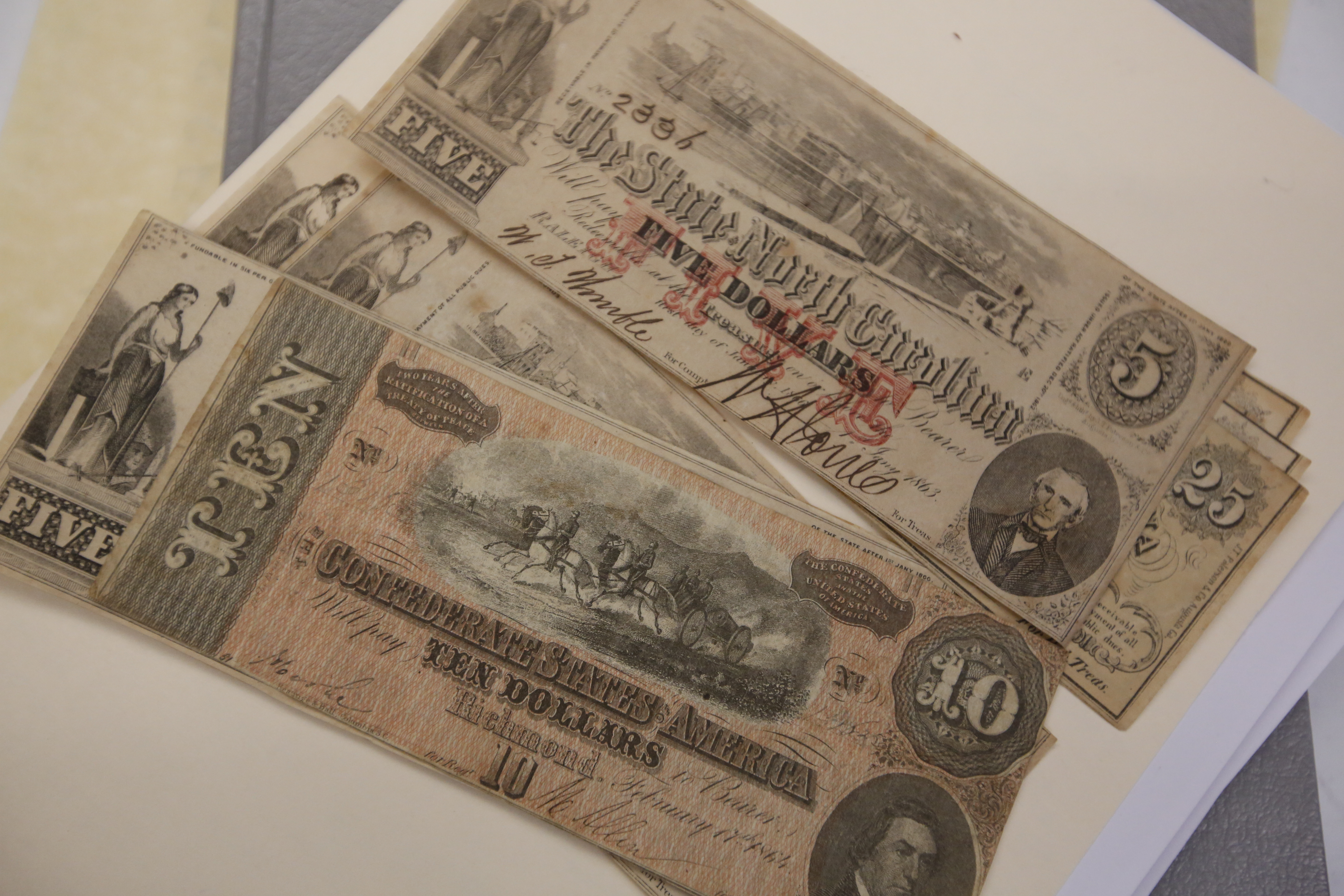Archivists record 'hidden history' of Civil War
Thursday, March 13, 2014
View our Civil War Sequicentennial site
CLEVELAND, Tenn. - State archivists on Wednesday digitally recorded the "hidden history" of Civil War documents, photographs and artifacts locals brought to the Museum Center at Five Points here.
"Many of the items we are seeing have been preserved for generations within a family," archivist Myers Brown said. "In some cases this is the first time in 150 years those items have been seen outside of those families."
The event was held Tuesday and Wednesday by representatives of the Tennessee State Library and Archives and the Tennessee State Museum. Some of the recorded memorabilia will become part of an online exhibit titled "Looking Back: The Civil War in Tennessee."
Archivist Genny Carter characterized the items brought in by members of the public as "hidden history," which include a variety of letters, discharge papers and military correspondence that was reviewed and recorded.
Civil War researcher Charles Harris presented a large collection of documents that included a somber letter written by a Mississippi officer to his sister in the weeks after the defeat of Confederate forces at Lookout Mountain and Missionary Ridge in late 1863.
"When I heard this letter read to me over the phone by another collector, I had to have it," Harris said.
Heath Mathews brought a foraging order that was issued in the vicinity of Charleston, Tenn., demonstrating the day-to-day operation of army life and its impact on local populations.
While documents made up most of the items brought to the archival sessions, a number of artifacts surfaced, archivist Kelly Wilkerson said.
Carter described an unusually complete "crayon print" -- a sepia photograph touched up with color -- of a Union officer. The color work, often limited to the cheeks, even included his eyes, she said.
Local residents also brought weapons of war to the recording session, including an 1860 model United States cavalry saber, an 1831 Springfield flintlock musket converted to firing percussion caps, and the rusted remnants of a cannonball and numerous musket balls.
Patrick Bowker said the saber was part of a collection that included uniforms handed down in his family for generations.
Archivists gave advice on how best to preserve memorabilia, and they provided mylar protective sleeves to anyone who brought documents for recording, Wilkerson said.
Brown said the general rule with most artifacts is to keep them out of damp conditions or heat.
Paul Leach is based in Cleveland. Email him at paul.leach.press@gmail.com.


